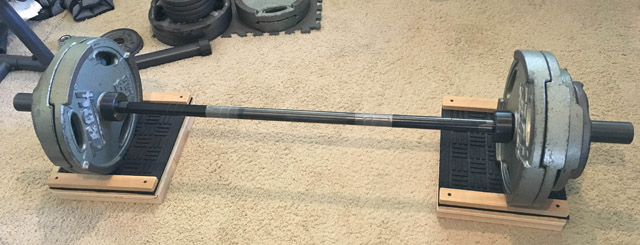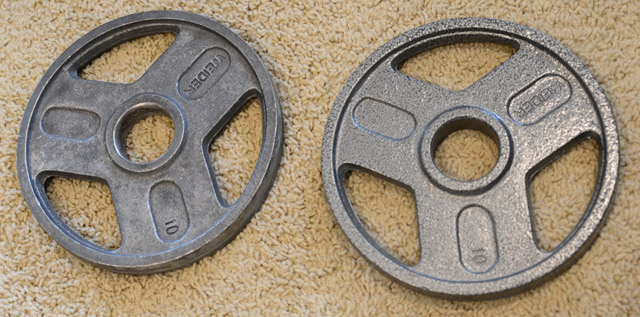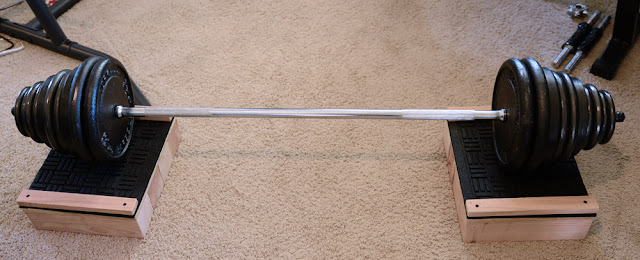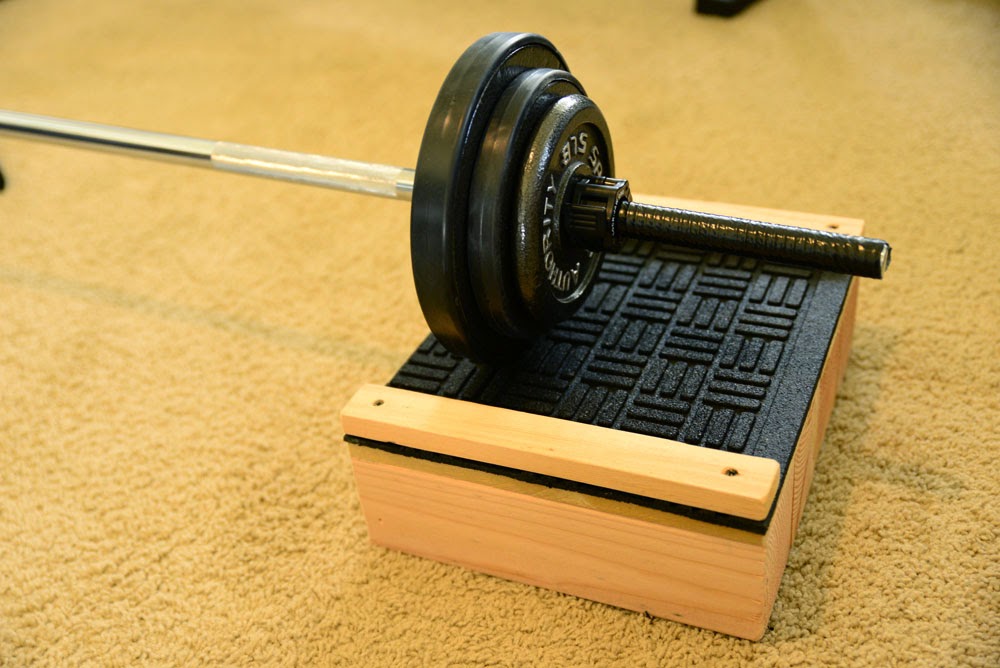And can I buy a tool to help investigate this?
What is all this stuff
Ultraviolet light is light with wavelengths slightly shorter than that of visible light, with the following ranges:
UVB: 280-314nm
UVA: 315-400nm
UVA and UVB cause different kinds of damages to the human body. As a broad generalization, UVB causes short term issues like sunburn and UVA causes long term issues like skin cancer. Remember that UVB light at 314nm will affect you approximately the same as UVA light at 315nm, so the effects are not as clear cut as the broad generalization.
The nice thing about sunburn (and UVB), so to speak, is that it helps you and your body know that something bad is happening so that you both can protect yourselves. You get out of the sun. Your body builds melanin to protect against UVA and UVB. Let's remember this for later.
UV Index and SPF
It's probably clear that people learned about sunburns earlier than skin cancer and when we designed our products to prevent the harmful effects of the sun, we designed products to block UVB (sunburns).
Then we, as a society, created the UV Index to measure UVB radiation. And we created an SPF rating for products that measure how much UVB radiation it blocks.
Here is how the UV Index is calculated: https://www.epa.gov/sunsafety/calculating-uv-index-0
| Wavelength | Weight | ||
|---|---|---|---|
| 290nm | 15 | ||
| 320nm | 5 | ||
| 400nm | 3 |
From the above grid, you can see that the UV Index weights UVB higher than UVA because UVB causes more sunburn. This indicates that the UV Index is not suitable for determining the long term effects of sun exposure (UVA). What I find most interesting about the way the UV Index is calculated in the United State is that it uses elevation, cloud cover, and ozone measurements to estimate ground level exposure, instead of actually measuring it.
So if we are relying on high-SPF rated sunscreen to protect us from the sun, what are we doing? We are preventing our skin from being burned which encourages us to stay outside longer, exposed to cancer-causing UVA rays, all while blocking our natural melanin creation which is supposed to protect us from UVA. This sounds a lot like a recipe for greater long-term skin damage, which is probably what happened.
Broad Spectrum
What about broad spectrum SPF sunscreen? That must block UVA and UVB. According to thesunscreendoc.blogspot.com/2015/08/, which I did not verify, most broad spectrum sunscreens just block a small amount of UVA. The only ingredients that protect against both are zinc oxide, Tinosorb M, and Tinosorb S.The writer of this blog has created a sunscreen company, selling the Sun Whip brand sunscreens, so it can't be taken as unbiased, but everyone does seem to agree that zinc oxide blocks UVA and UVB. But zinc oxide is super white and looks pretty bad. However, that's "old" zinc oxide; now we have encapsulated zinc oxide, which is supposed to go on clear.
Excited, I decided to test that claim with derma-e, which the EWG seems to like. Unfortunately, it's "clear zinc oxide" is still white and difficult to spread on my hairy skin.
This blog seems to like the Sun Whip brand sunscreens from the blog-doctor above, among others: https://beautyeditor.ca/2017/06/19/zinc-sunscreen-for-face.
And, for good measure, here is a list of bad sunscreens for kids, also from the EWG.
The sunscreen doc also says that windshields do not block UVA. Let's check that out later.
Tools
I found a handful of tools that could measure UV light, ranging from $25 to $250. Unfortunately, the only brand that published the spectral response graph of their sensors was Solarmeter, the one that costs $250.The Solarmeter Model 5.0 UV Meter measures UVA and UVB: https://www.amazon.com/dp/B01GT4EID0
This graph is nice, because it covers UVA and UVB, with an emphasis on UVA (the high response at the right-hand side of the graph).
Solarmeter also has a Model 6.5 UV Index Meter that tries to calculate the UV Index. However, it appears to be the same device as above with an added filter that blocks UVA light, further indication that UV Index ignores UVA exposure.
The $250 price tag is unfortunate because all Solarmeters cost $250, even the visible light meter, which is simply a $2 sensor, a chip, a cheap screen, and a button. So, I did a little search for UV sensors to see if I could build my own meter. Adafruit has two UV sensors, about $6 each:
GUVA 1918 (Analog): https://www.adafruit.com/product/1918
VEML 6070 (I2C): https://www.adafruit.com/product/2899
Again, unfortunately, the spectral graph of the Solarmeter is much nicer than these two, so that's the one I bought.
Measurements
So now that I have this tool, what science can I do?
First, the noon-day sun where I live measures 4.5 mW/cm2.
Through my car windshield: 0
Through my car windows: 0
Through my car sunroof: 0.2
Through my wife's car windshield: 0
Through my wife's car windows: 2.0 (that's pretty high)
My car has a darkening film, which is probably why my car has higher UV protection. After taking these measurements, we will likely put film on my wife's car too.
My wife's rather high reading is consistent with the idea that car side windows block UVB but not UVA. I would like to test this with UVA and UVB band pass filters, but sometimes science is just too expensive and it'll be cheaper to just put film on the car.
My sunglasses: 0
Real eclipse glasses: 0
Possibly-fake eclipse glasses: 0
House windows: 0.4 (but more measurements are needed for different days and sun positions)





